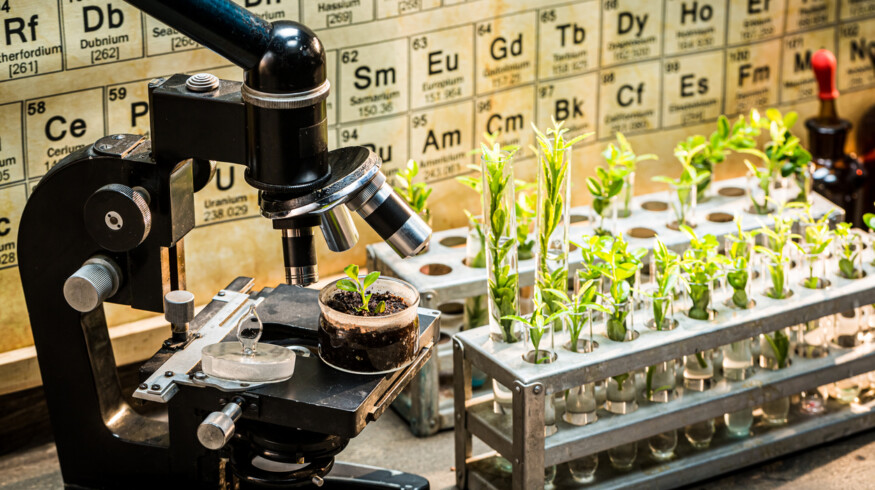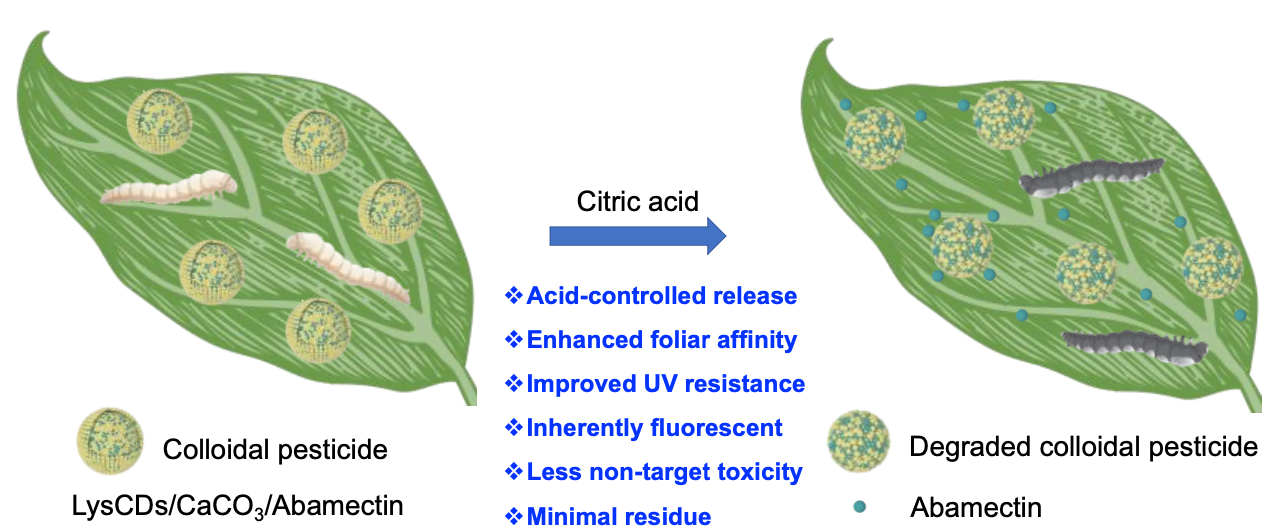Chinese Academy of Sciences announced breakthrough in environmentally friendly pesticides

A team of researchers at the Hefei Institutes of Physical Science, part of the Chinese Academy of Sciences, has unveiled a novel “green” pesticide formulation. This new development not only improves the efficacy of pest control but also significantly reduces the ecological footprint typically associated with such chemicals.
Professor Wu Zhengyan, who spearheaded the project, emphasized that the colloidal pesticide formulation is a step forward in creating sustainable agricultural practices. “This new colloidal pesticide represents a more environmentally friendly alternative to traditional pesticides,” Prof. Wu explained.
Published in the journal ACS Nano, the research outlines several advantages of the new formulation over traditional pesticides, which often suffer from uneven spread on leaves, easy wash-off by rain, and quick degradation under sunlight. These factors not only diminish their effectiveness but also pose serious environmental risks due to residual chemicals.

The innovative formula incorporates modified carbon dots and calcium carbonate particles to carry abamectin, a commonly used pesticide. This design enhances leaf adhesion, resistance to sunlight, and enables a gradual release of the active ingredient, maintaining its potency for a longer period.
The key to this formulation is its unique structure. It combines lysine-modified carbon dots (LysCDs) with calcium carbonate (CaCO3), increasing the pesticide’s load capacity for abamectin by 1.7 to 2.1 times compared to conventional methods. This increase in efficiency allows for reduced use of the active ingredient, enhancing safety and sustainability.
The formulation’s controlled-release mechanism is particularly innovative. When the pesticide comes into contact with the weakly acidic environment on plant leaves, the calcium carbonate decomposes, accelerating the release of the pesticide. This process is traceable through fluorescence emitted by the carbon dots, which also aids in tracking its dispersal and effectiveness.
Extensive testing against the Plutella xylostella (diamondback moth), a notorious pest in agriculture, has shown that the new formulation provides superior control, both indoors and outdoors. Notably, it also demonstrates significantly lower toxicity to non-target organisms like zebrafish and earthworms.
After the active ingredient is deployed, the remaining components break down into non-polluting substances such as calcium ions, carbon dioxide, and residual carbon dots, further reducing potential environmental hazards. This groundbreaking approach promises to transform agricultural pest management by providing a more effective and environmentally responsible alternative to traditional pesticide use.
Enjoyed this story?
Every Monday, our subscribers get their hands on a digest of the most trending agriculture news. You can join them too!













Discussion0 comments